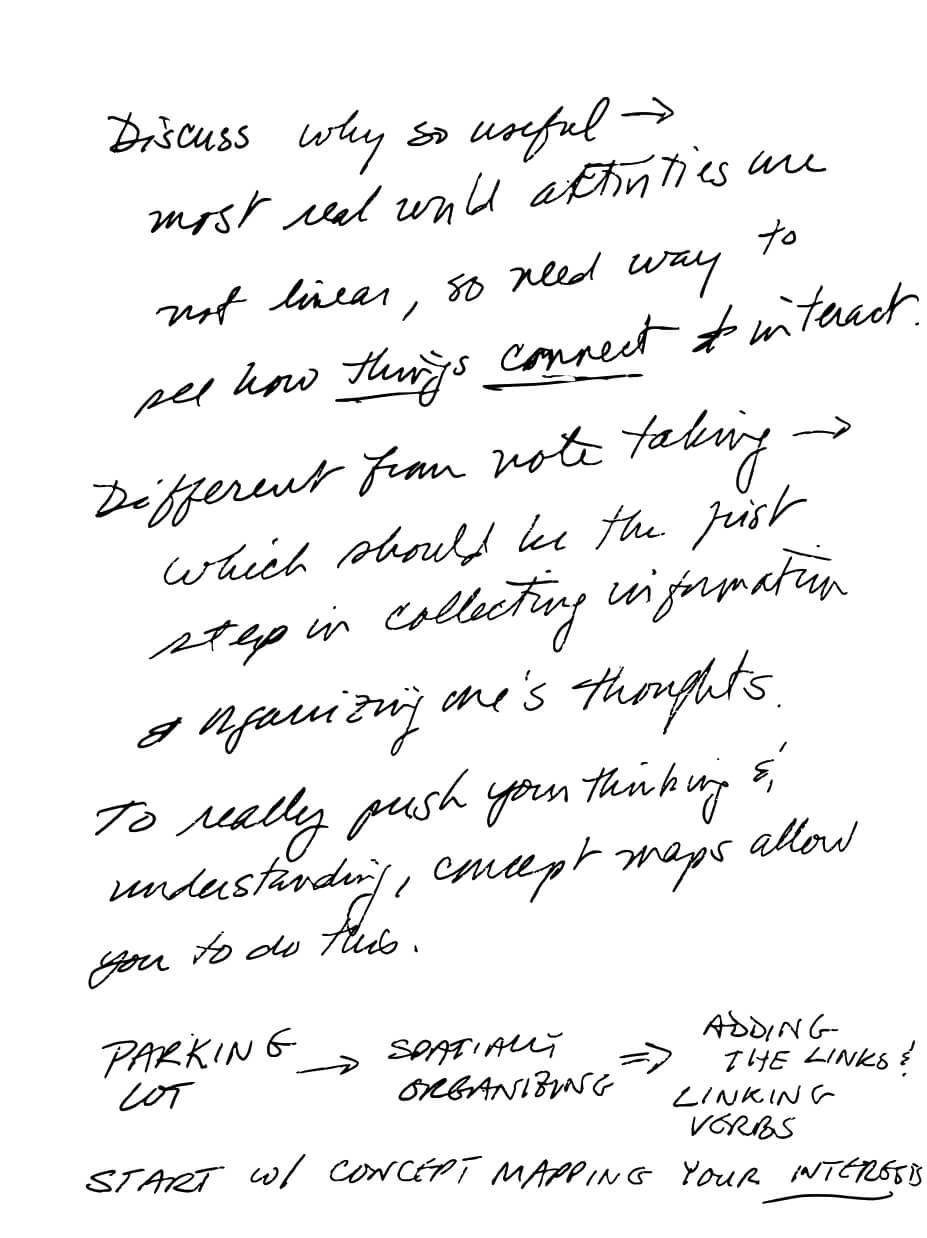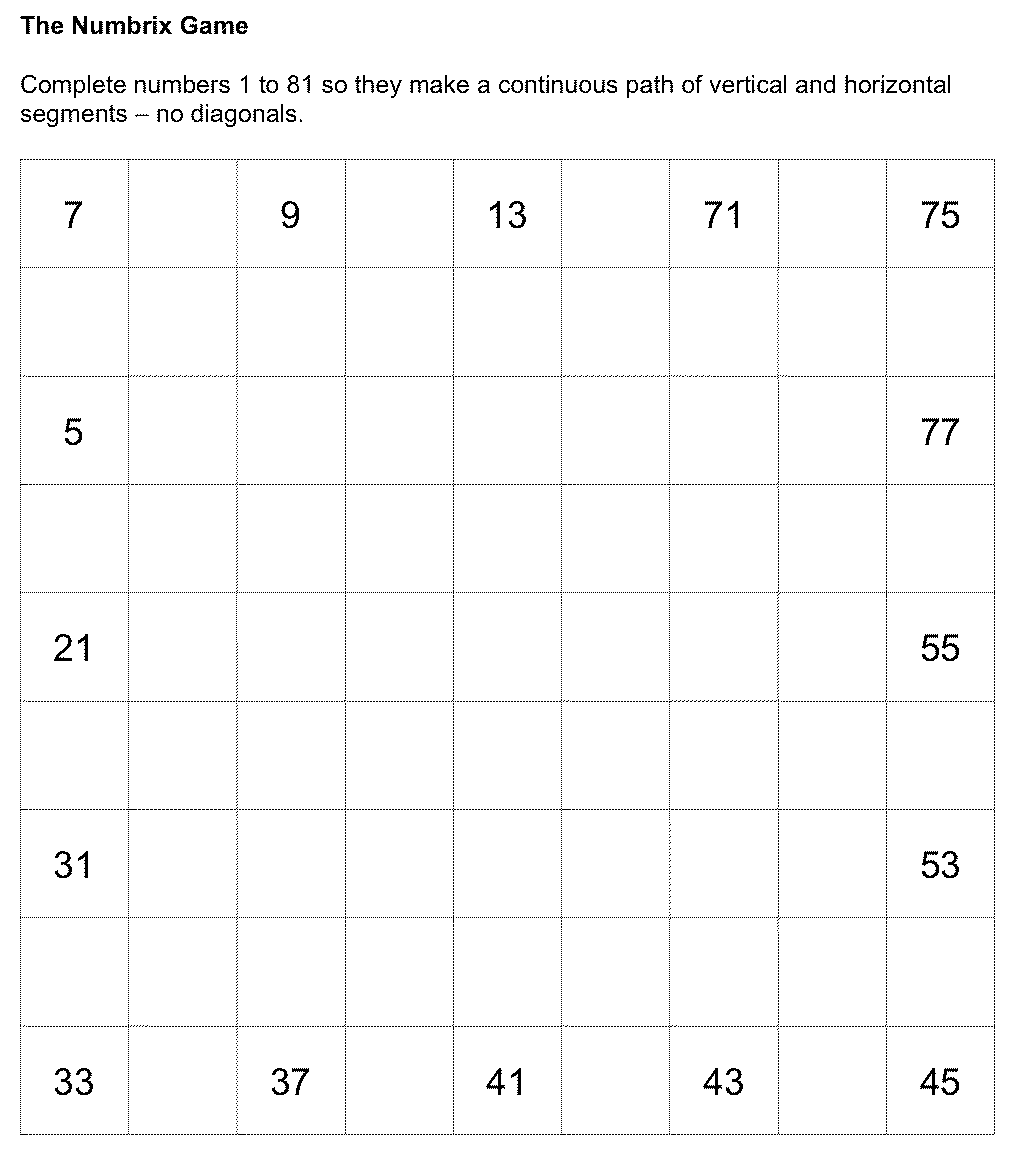← Reading | Sample Research Paper →
Writing
There is ample evidence that handwritten notes (not typing!), drawing, and doodling help people learn more effectively. Taking notes by hand takes longer than typing, but this is one of the main reasons why you are learning more during a class or while reading articles/books: only the essential information needs to be written to keep up with the flow of information. But how do you know what is necessary? Through focused listening and interrogating each phrase for its value as you listen or read.
Note Taking When Reading
An excellent place to start is looking at the psychology of taking notes. This article shares different styles of note-taking, but whatever system you use, it must help you see the essential parts of the information.
Tip: add questions along the note margins to follow up on when there is time. Capturing questions is as important as organizing what you are already comfortable understanding.
Group Experiment
Note Taking When Listening
We think much faster than people talk, but we write much slower than spoken words. I learned how to take notes during class by practicing taking phone messages since answering machines were not invented – nor were voice mail, e-mail, texting, … By taking phone messages, I learned to identify what was important and write only the essential details – enough to fill in after the phone call was over.
Notes taken while listening should not be picture perfect – if they are, you most likely missed some critical information.
Distilling Notes
To bring your understanding together, create one set of notes from your readings, listening (class time), experiments, data analysis, and other activities. Each activity creates a different challenge for note-taking, so they will most likely be different from each other. You need to bring them together to see the essential connections and ideas.
When distilling your notes into one final version, break out the colors, the eraser, and your best handwriting. The goal is to identify how the key ideas connect and to other important concepts.
Note-taking has been one of the essential learning tools for me as a student, scientist, software developer, and teacher, and I hope you find it useful for you as well.
Distilling Notes ≠ Copying Notes
The benefit of handwriting notes during a lecture or discussion depends on quickly capturing the main ideas in your own words. Similarly, distilling your notes from readings, class, and homework into one set of notes should involve rephrasing the information, so it makes even more sense to you. Copying the notes verbatim provides much less value toward your learning.
Create Practice Tests from Your Notes
Once you have distilled your notes, create open-ended practice test questions, and then try to answer them. Try to spread your review out over at least two days. It turns out having a deep sleep between your study sessions improves your learning.
Honoring the Value of Note Taking
I have a personal bias about note-taking, and it is very positive. Taking useful notes is one of the skills I have relied upon consistently at work and at home. Sometimes my notes remain “ugly” since they helped me organize my thoughts, and I don’t need to keep revisiting them. Other times, I know I will come back to them when I write a report summarizing the past three to six months of work, use them as I create apps that I will maintain for a long time, and use to create documents I will share with colleagues and collaborators.
As a teacher, I strongly encouraged my students to create notes. To honor their efforts, as well as demonstrate that they are, in fact, wonderfully useful, my tests were open-note. They could not bring printed copies of the on-line textbook, but this would not have helped much since my assessments were time demanding since their responses required detailed reasoning of the fundamental concepts. Paging through 50 or more pages looking for supporting information would not have been time-efficient. Anecdotally, students with good to exceptional notes did very well on my tests. And, as a bonus, what teacher does not like reading well-thought-out and supported essay questions?
The following is an example of my handwritten notes on why concept mapping is important. You may not be able to read my writing, either because it is in cursive or my version or cursive, but the key is that your notes are useful to you since they:
- capture ideas, thoughts, concerns, questions, organization, or needs.
- show the connections and flow of the information.
- highlight what still needs to be accomplished, thought through, researched, improved, modified, etc.

Using a Pencil to Visualize Patterns and Relationships
Challenging puzzles are a beautiful reminder that one piece of information leads to clues for finding more information, and through organization, patience, logic, and creativity, you may solve it. In addition to handwriting notes and making detailed drawings by hand, this experiment shows that visually connecting patterns and relationships are quite efficient while using a pencil.
The spatial logic puzzle on the right has simple rules. As you work through the problem, consider how you organize your ideas and practices. Do you draw? Write? Create meaningful notation? Consider how these fit into your learning process.
Review your process as you look at the solutions. Are there ways to capture your ideas that are more evident, more efficient, and effective?
Yes, I used a computer, drawing program, and a trackpad to create the three images of the solution, but each took at least ten times longer to create than when I first solved the puzzle by hand. When you are working through new ideas, studying for a test, or trying to see new connections, use a pencil or erasable pen on paper or an erasable marker on a whiteboard to visualize how things fit together.
A video illustrating how to use notation to visually map out the clues to efficiently solve the Numbrix Game.
Do you have another idea for notation? Share it with us through Contact Us.
Writing to Improve Understanding
Note-taking records and organizes content, ideas, and questions, but writing essays and papers provide an essential tool for learning – even if composing them on a computer. One’s thoughts and understanding need to be described and connected through a logical progression of sentences and paragraphs. Writing provides an opportunity to share your knowledge about a topic.
There are a variety of ways to use writing in science classes, as illustrated in this set of examples for a geology class. Research papers on topics selected by students near the end of a semester provide an excellent opportunity to incorporate the main themes of the course together for each person. Before writing a research paper, consider creating a concept map to identify how the main components of the topic fit together.
Sample Research Paper
Read a research paper on the origins of life on Earth.
Writing takes practice and revision. Explore how the research paper changed through these processes.
Review the first draft.
Review the second draft.
Roles of Communicating and Assessment in Learning
Sabrina Sadique and John Pickle, teaching colleagues, talk about the importance of communication to learning and self-growth.
We refer to our school’s inventing club, DEMONs, which stands for Dreamers, Engineers, Mechanics, and Overt Nerds (personally, the best student-named group ever!). Students invent, build, deliver, and support projects for clients within the school, from individual teachers or classes, our theater department, operations, and faculty children. Max Hall, science teacher and electronics guru, and I have been mentoring the club for over a decade.
Apologies for the Zoom delays in the video – John hadn’t overcome his WiFi issues yet, but the message still comes through, just with some out of sync soundtrack in the video at times.
← Reading | Sample Research Paper →


0 Comments